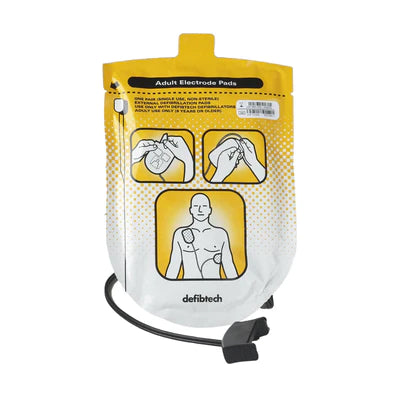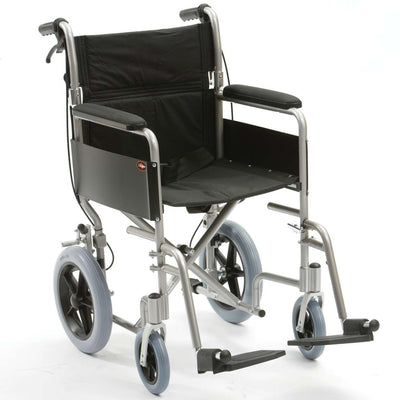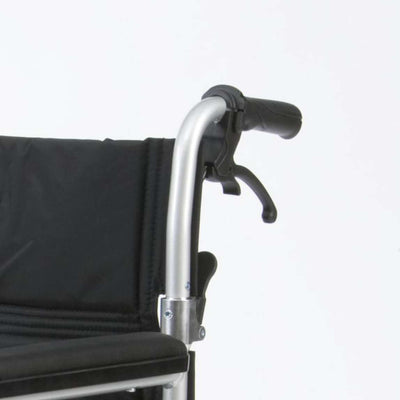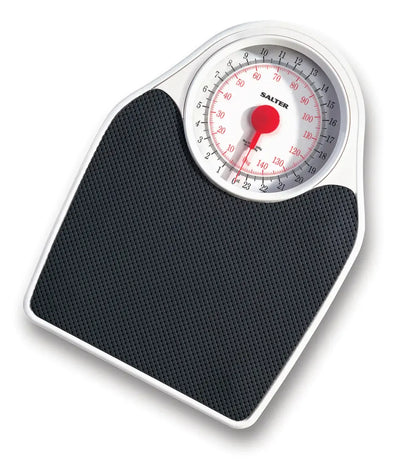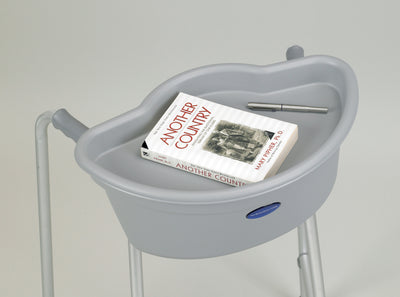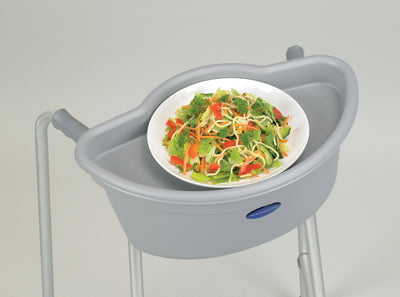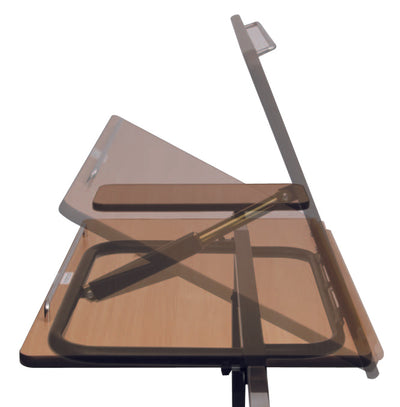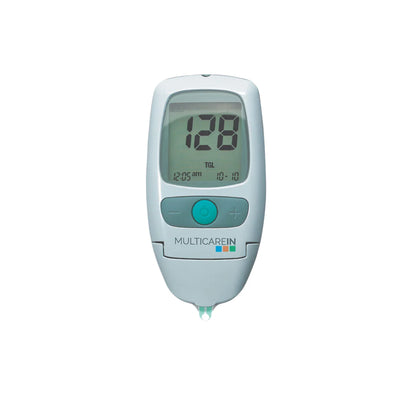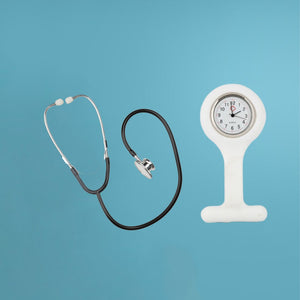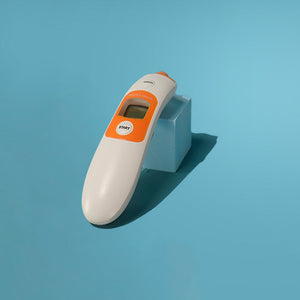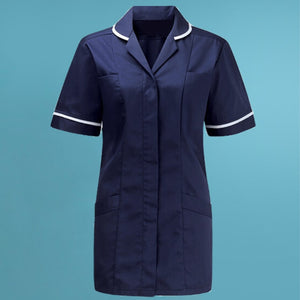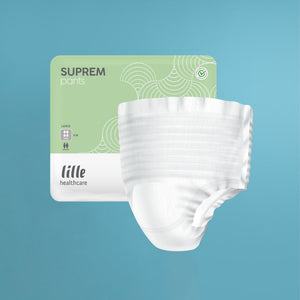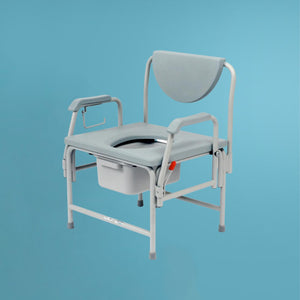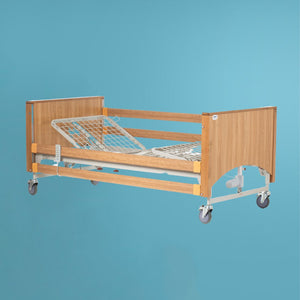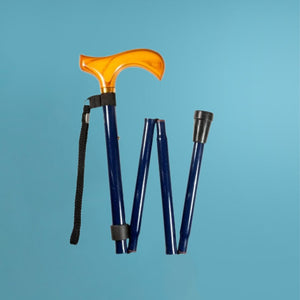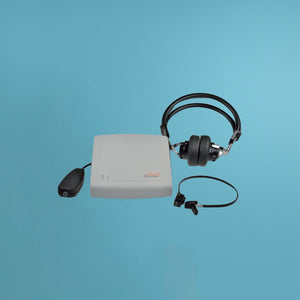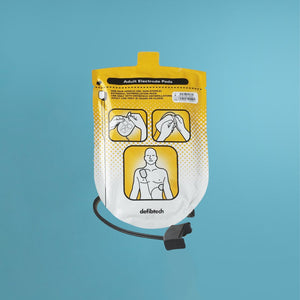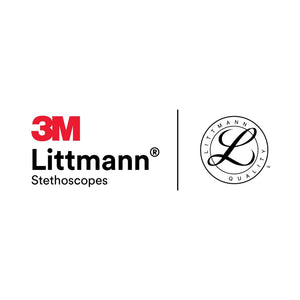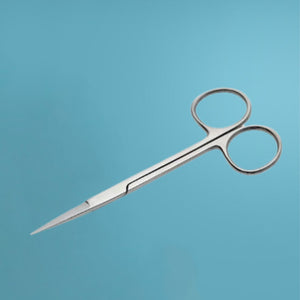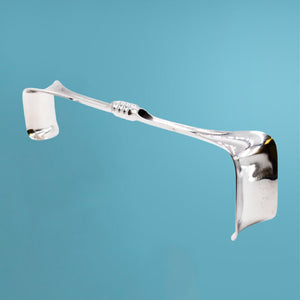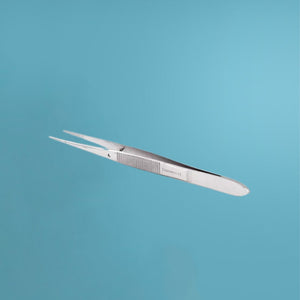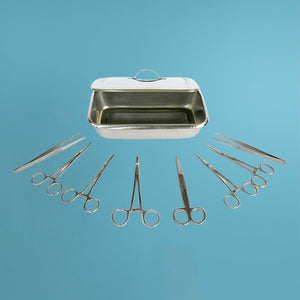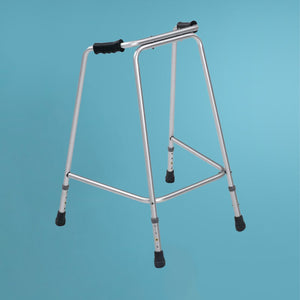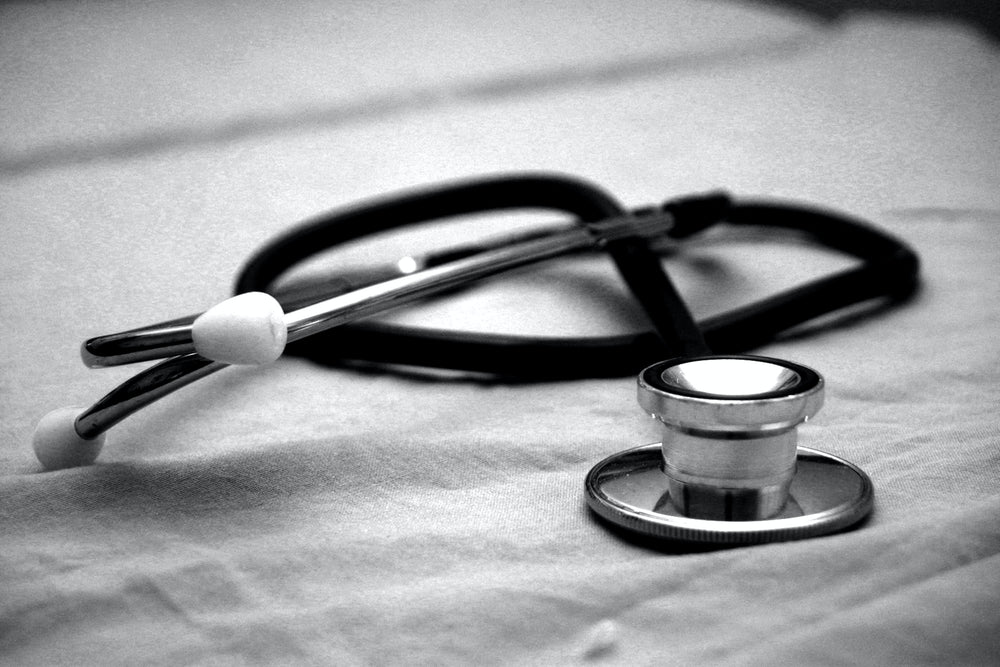What is a stethoscope?
Stethoscopes are essential pieces of medical equipment for any medical professional. It plays a vital function in patient care because medical personnel use a stethoscope to listen to noises generated in the body. Additionally, it can be utilized to detect blood vessel or bowel noises. Hence, this tool is a continuous companion of physicians, nurses, first responders, veterinarians, and other healthcare workers, enabling them to examine heart, lung, and other body noises to detect potential health issues.

The 8 Parts of the Stethoscope and their Functions
Chest Piece
The circular chest piece, commonly known as the head, is the core component of the device. This instrument's part is put against a patient's body. This is the most vital component of a stethoscope. It is designed for detecting, capturing, and transmitting sounds to the headset. The optimal placement of the chest piece is directly against the patient's skin. This consists of the Diaphragm, Bell, and Stem. Also, depending on the model, the chest piece of a stethoscope may be one-sided or two-sided.
Diaphragm
The diaphragm is the spherical and circular end of the chest piece. Its size allows you to examine a more significant portion of the patient's body. It can detect higher-frequency noises throughout a patient. Modern diaphragms reduce cold sensation when placed directly on the patient's skin. This is accomplished by surrounding the diaphragm with a chill ring, which creates an airtight seal and prevents the patient from experiencing the coolness of the portion.
BellThe bell is the spherical end of the chest piece. It can detect lower-frequency noises than the diaphragm due to its smaller size, making it excellent for smaller body parts. A non-chill ring is also present on the bell's edges.
TubingThe stethoscope tubing is the flexible rubber or PVC pipe that links the chest piece to the headset. This component of the stethoscope transfers sound waves captured by the diaphragm and bell to the headset with minimal quality loss (which depends on the type of tubing it is built with).
StemThe stem is the portion of the stethoscope that links the chest piece to the tubing. It comprises metal or steel and guarantees a secure connection for optimum performance. It also permits switching between the diaphragm and the bell.
HeadsetThe stethoscope's top portion is known as the headset. It is constructed with two ear tubes, tension springs, and ear tips. It facilitates an effective passage of sound into the ear canal so that disturbances are minimized.
Ear TubesThe ear tubes are hollow metal tubes that link the acoustic tubes to the ear tips. They serve as the left and proper channels for sound transmission. The tension spring lies between the ear tubes, allowing you to regulate the tightness with which the stethoscope fits in your ears.
Ear TipsThe components that enter the ear canal are the ear tips, which are composed of rubber or silicone. They are put on the ends of the ear tubes and feature a hole to allow sound to escape. The ear tips must be soft and stiff to produce a seal in the ear canal and block out all external noise.
Different Types of Stethoscopes
Acoustic Stethoscope
The acoustic stethoscope functions by directing more sound waves to the ear than would usually reach it. For humans to hear a sound, sound waves must force air molecules to vibrate, resulting in changes in air pressure that cause our eardrums to vibrate. When a stethoscope is placed on a patient, sound waves generated by bodily noises, such as a heartbeat or gurgling stomach, strike the metal chest piece of the stethoscope.
The rubber tube then directs the sound waves until they reach the metal earpiece and, subsequently, your ears. Because the tube contains the sound waves, more of them reach your ears than would otherwise be the case, enhancing the sound. This is why using a stethoscope to listen to a patient's heart sounds louder than placing your ear directly on their chest.
Electronic stethoscopesElectronic stethoscopes (digital stethoscopes) convert the sound's physical vibrations into an electronic signal and optimize them for enhanced listening and diagnosis. In addition to the capacity to increase the loudness, many electronic stethoscopes may also minimize background noise. Some electronic stethoscope types are constructed as a chest piece that connects directly to a set of headphones. The majority of electronic stethoscope devices resemble traditional stethoscopes. Electronic stethoscopes are either battery-powered or rechargeable; therefore, if the battery is dead or you forget to charge it, the device will not function.
Stethoscopes for Hearing ImpairedThere are various choices accessible for medical professionals with hearing impairments. As explained in the section just above, an amplified electronic stethoscope will raise the level of the sounds, making them more audible. This stethoscope can be used generally if you do not wear hearing aids. If you wear hearing aids, you can experiment with special adaptors known as stethoscope tips that allow you to use a stethoscope with your hearing aids.
If wearing a conventional stethoscope with hearing aids is bothersome, you can also use a digital stethoscope into which headphones can be plugged. As long as you select sufficiently large headphones (consider over-ear and on-ear varieties), they should fit nicely over your hearing aids. Depending on the model of your hearing aids and digital stethoscope, you may be able to acquire a transmitter that wirelessly transmits sounds from the stethoscope to the hearing aids.
Conclusion
Compared to other medical devices, the stethoscope appears to be relatively small. However, when assessing the stethoscope's components, these instruments are designed to be one of the most used diagnostic tools used by medical professionals in determining a clinical condition by listening to the stomach and vessels.
FAQ
How does a Stethoscope detect sound?
The stethoscope's disc and tube amplify and make louder small sounds that are made by the heart, lungs, and other organs of the patient. The doctor listens through the earpieces as the enhanced sounds ascend the stethoscope's tube.
Why are there 2 sides to a stethoscope?
The bell and the diaphragm are the two separate sound-receiving heads on the stethoscope. The diaphragm is used to detect high-frequency sounds, while the bell is used to detect low-frequency noises
Been wanting to buy your own Stethoscope? Visit Mediworld to shop for the best Stethoscopes.


